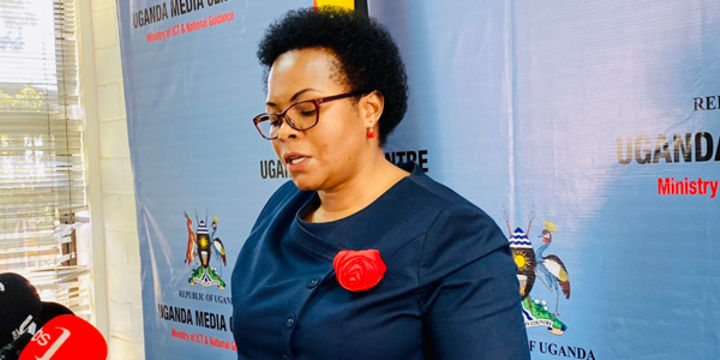The government has revealed the reasons behind the delayed implementation of critical housing policies, including the National Slum Upgrading Strategy 2017.
While speaking with Watchdog Uganda, the Minister of State for Housing, Persis Namuganza, revealed that despite the growing need to address urban housing challenges, there is a lot that is supposed to be done apart from coming up with policies.
She noted that forming policies is one of the ways to address the issue of slums and city congestion but there are other factors that the government must handle to avoid legal wars when such developments begin taking place
“We cannot live like this forever. That’s why we started with the policies in place. As you are aware, there is nothing you can implement as long as you don’t have a law that guides or a policy that guides its implementation. People come up and challenge you in courts of law. Then they will say on which law, under which law are you basically so me, I’m happy to announce as a government that we have achieved this urban policy agenda, which is very, very critical in guiding us where settlements will be and where these other services will be,” she said.
Namuganza also admitted that this is long overdue however since her ministry now has the urban policy agenda, they are yet to present a paper before the cabinet concerning the gazettement of all of these other facilities. “We want residential areas. We want the embassy corridor, which has been there, by the way, since time immemorial. You know all these countries had the same. Somehow Uganda went off, but all these countries, that’s why, when you go to neighboring countries, you will find that they have embassy corridor, they have residential, they have the banking corridor. But we are bringing the paper back on the board because we have strengthened our law to ensure that Uganda lives in an organized way.”
In addition to the slum upgrading strategy, the minister noted that the current setup of strategic offices, such as embassies, within Uganda is disorganized, making it difficult to ensure their security. “As it stands, one embassy is located here, another is there, and it becomes very challenging to guarantee their security because we lack a designated embassy corridor. We are working to address this issue. Similarly, we are also establishing a banking corridor, ensuring that the head offices of banks are centralized, with branches being set up afterward,” the minister explained.
“So I want to reassure you that all that is a discussion that we have right now on the table and then. Then of course, from that policy we are moving, because now we have the law that will guide us as we implement this, so we are not worried about people challenging us and saying, you know, it’s tough to operate out of the law,” she said.
The National Slum Upgrading Strategy 2008 was designed as a direct response to Target eleven of Millennium Development Goal 7, which recognizes that slums are a development issue, that needs to be faced, and this calls for coordinated policies and actions related to slum-upgrading.
First, the growth of slums needs to be slowed down and eventually stopped through legal and land market reforms (in part to provide security of tenure) and revamping planning and zoning regulations and building codes to make housing more affordable. Second, there is a need to adopt preventive strategies which are about managing the surge of urbanization and forestalling the challenges of the brutal urban poverty typified in slums.
Uganda is among the top 10 countries with the highest fertility rates and the third
the highest rate of natural population increase in the world. The number of urban centers in Uganda has increased exponentially over the past three decades. Uganda has one city, 13 municipalities, 95 towns, and 76 town boards. The extension of boundaries of existing urban centers and gazettement of new urban centers; especially with the creation of new districts, has led to the high urbanization rate in many of the gazetted urban areas.
According to Paul Mayende, Advocacy and Communication Manager at Habitat for Humanity Uganda, the rapid increase in slums across the country is largely driven by rising rural-urban migration, particularly among youth. Many flock to city centers in search of jobs and later settle in slums, where affordable housing is available despite the poor living conditions.
“Rural-urban migration in Uganda is on the rise, with city centers experiencing an influx of youth seeking employment opportunities. The challenge we now face is how to manage this situation, as many young people arrive in cities without knowing where they will sleep,” he said. “The government can collaborate with the private sector to ensure that these young people have proper accommodation before we consider utilizing their labor for the development of these cities.”
According to Mayende, as the government is upgrading the slums, five elements must be considered such as; access to improved water, access to improved sanitation, Security of tenure (the right to effective protection by the state against
arbitrary, unlawful eviction ), Durability of housing (including living in a non-hazardous location), and Sufficient living area (no overcrowding).
Currently, Uganda’s urbanisation rate is estimated at between 4.5% and 5.6%, although United Nations puts the share of the urban population at 16% for 2014, with projections it will be at 32% by 2050.
Do you have a story in your community or an opinion to share with us: Email us at editorial@watchdoguganda.com












